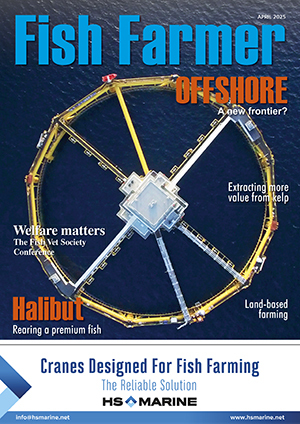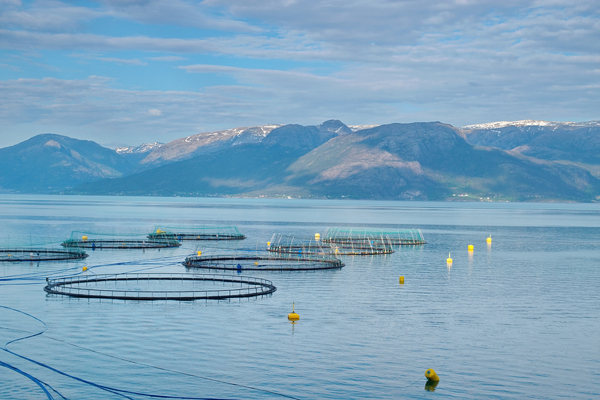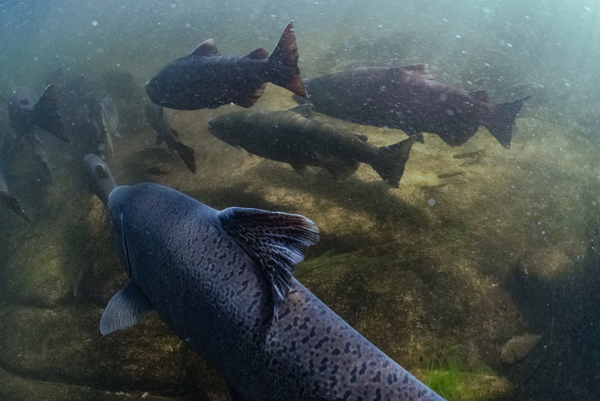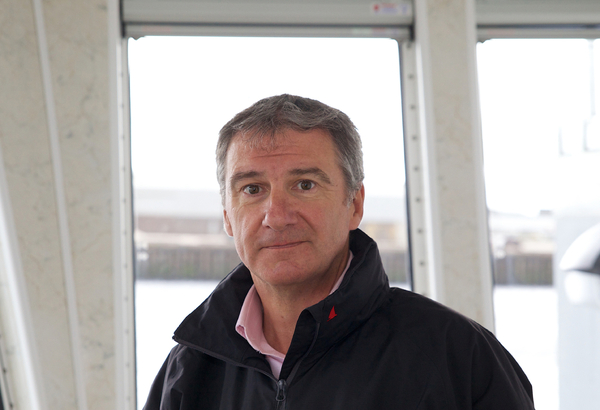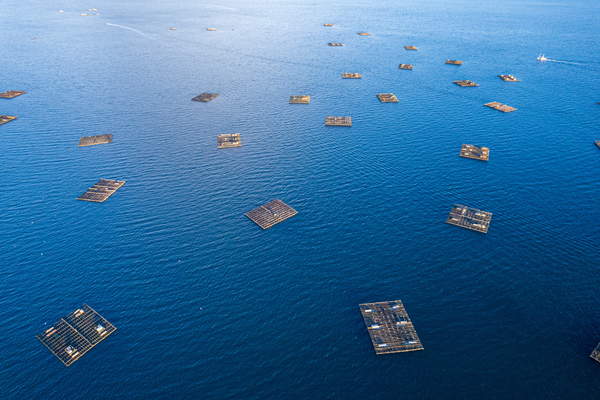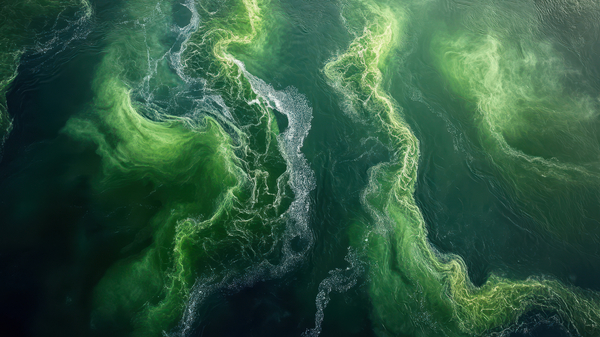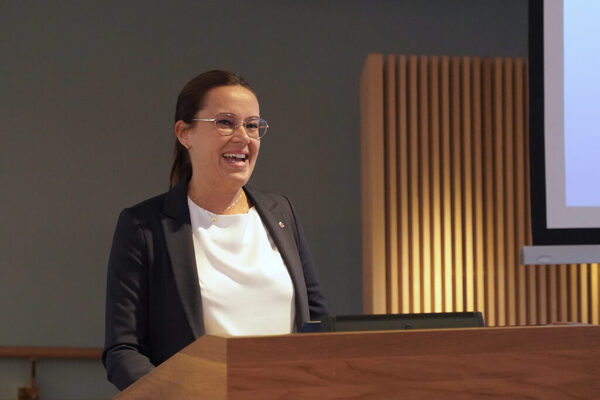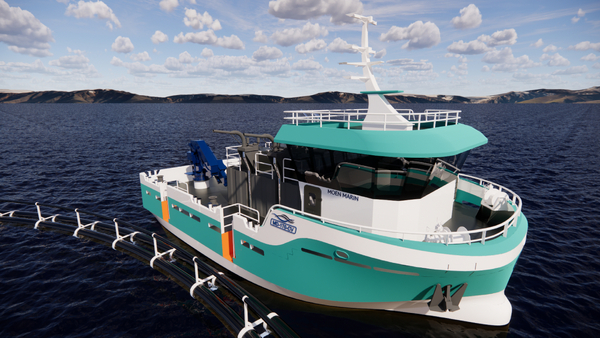SEA FARMING
Farming fish at sea in cages has taken place on a commercial basis since the 1950s. While salmonids like salmon and trout account for a significant, high-value part of this sector, other finfish such as cod, sea bass and sea bream are also farmed in this way.
Shellfish such as oysters, clams and mussels are also farmed at sea.
For finfish, most sea-based operations take the form of net-pen farming, where fish are raised in large, floating net pens or cages. This allows for the growth of fish in a controlled environment while utilising the natural water flow to provide oxygen and remove waste.
Despite the advantages of net-pen farming, it comes with a number of challenges. For example, the fish are open to diseases, parasites, predators and other challenges in the marine environment. Critics also argue that net-pen farming impacts the environment through waste and residues from chemical treatments.
These concerns have limited the options for expanding inshore sea farming, and increasingly fish farmers are looking at other possibilities, such as: closed or semi-closed cages; moving further offshore into more challenging environments; or even moving into land-based farming.
Nonetheless, sea farming looks set to be a mainstay of aquaculture for many years to come.
